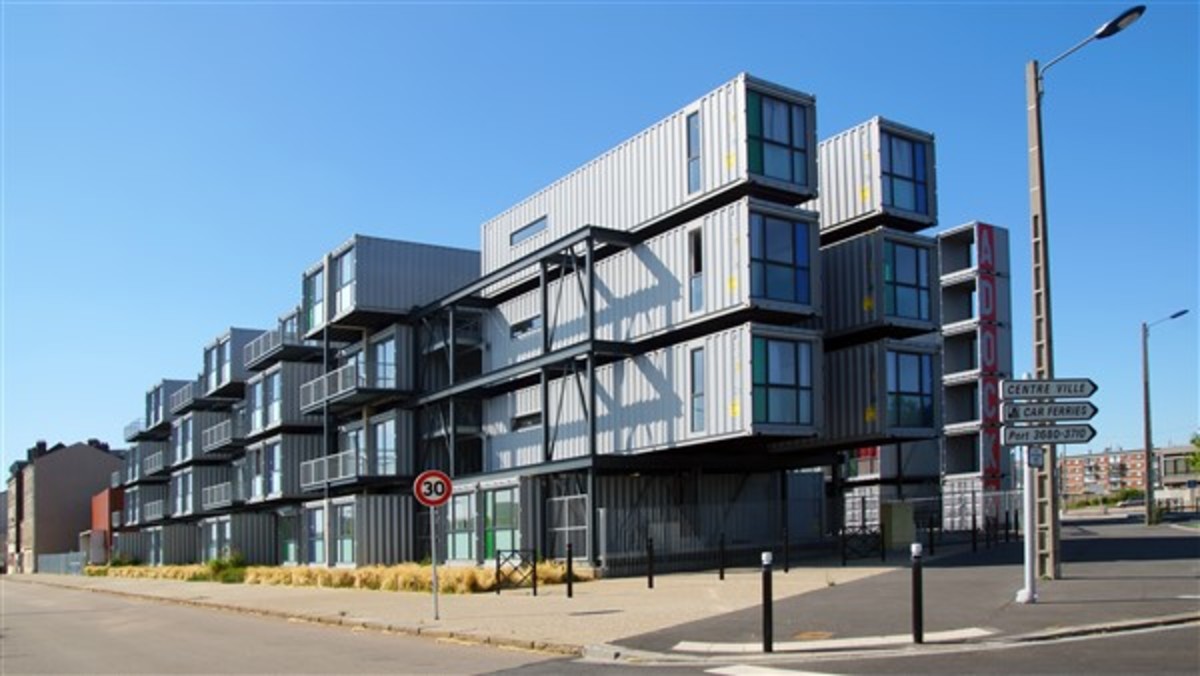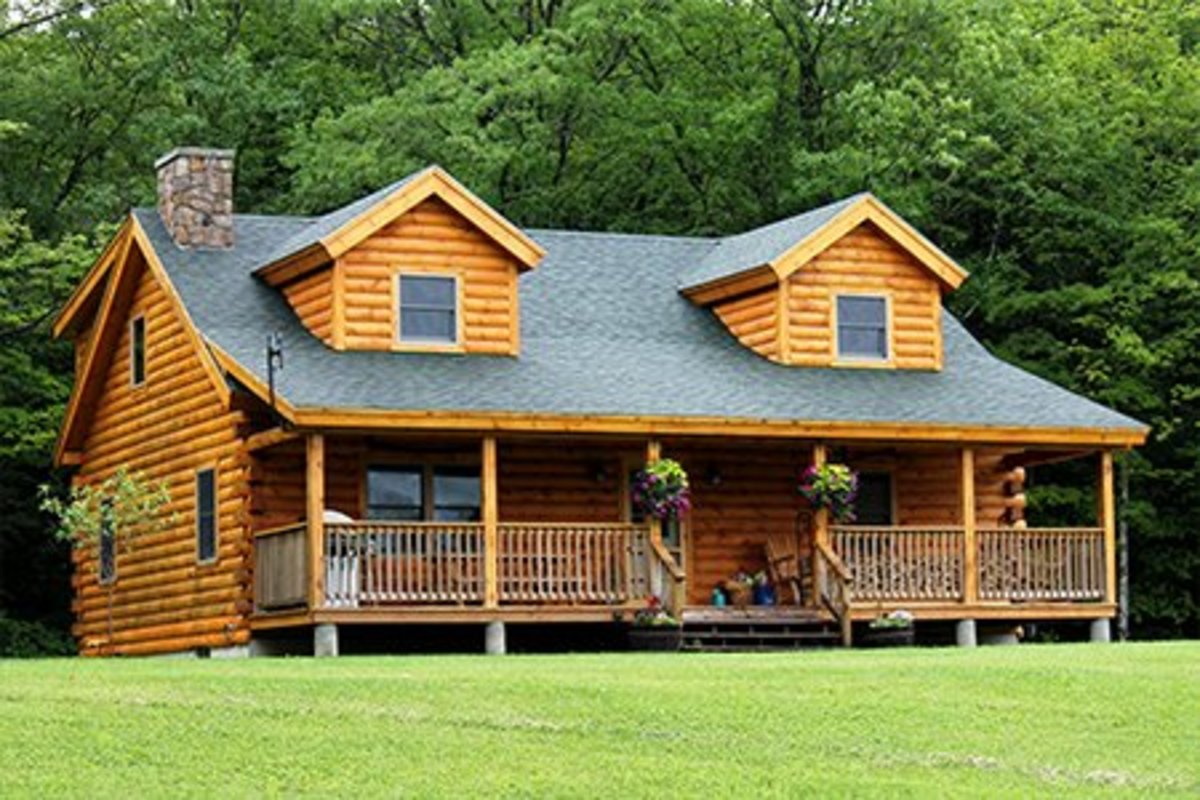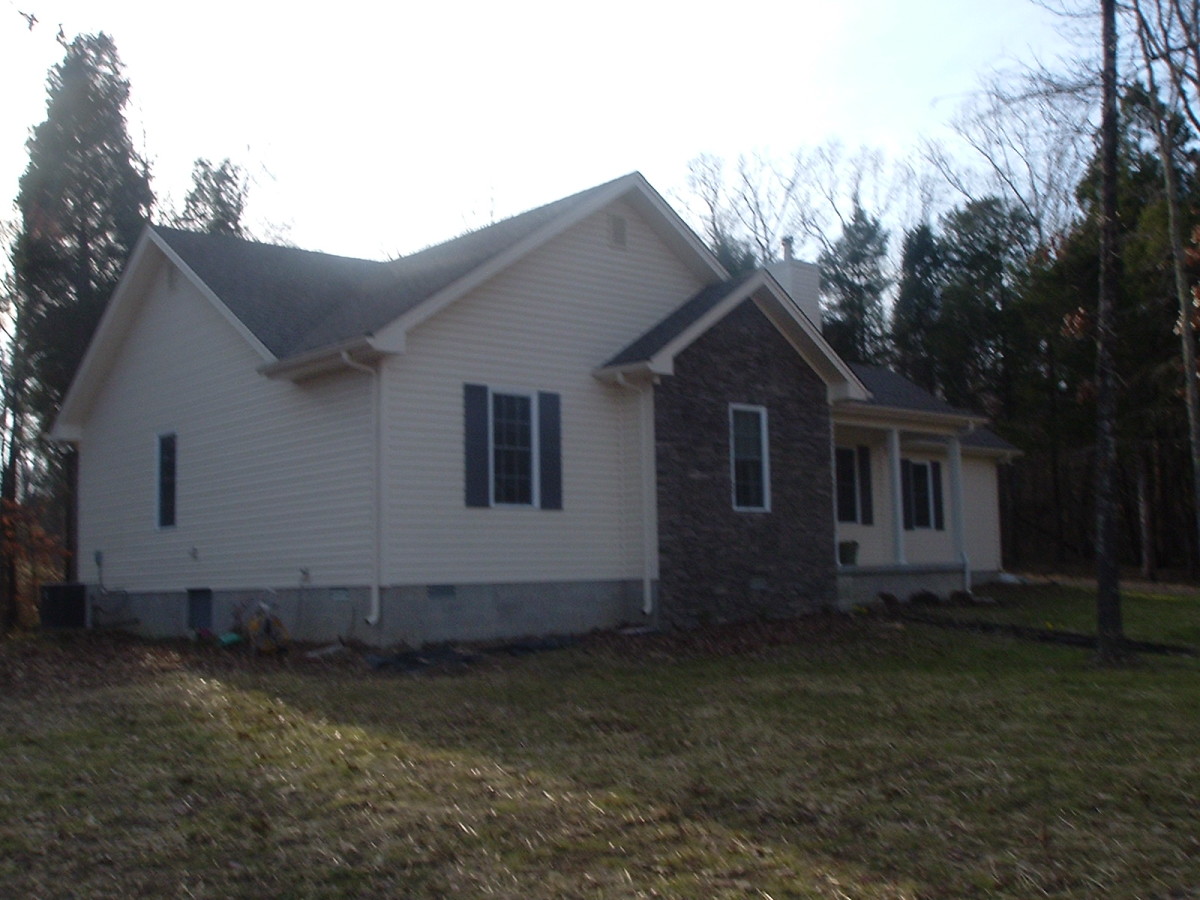Tips For Building or Rebuilding in Flood Zones
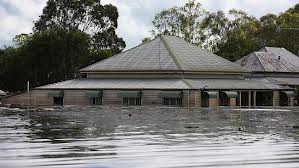
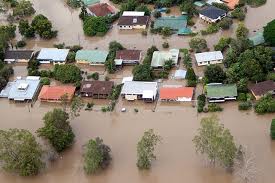
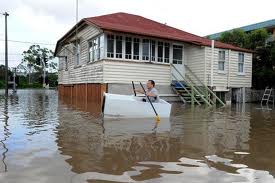
Tips For Building or Rebuilding in Flood Zones
In an ideal world no one would want to be building or rebuilding in a flood zone, but with such competition for land this is something that cannot be avoided all the time.
Before even attempting to incorporate potential flood protection within a house, the very first thing that needs to be addressed is a risk assessment of the probable flood depth that the house will be subjected to. The key reason for this is because any house that is likely to flood to a depth of 500mm or more should not be built with the intention of keeping water out as this could cause the house to collapse due to hydrostatic pressure. An alternative is to design the home using resilient materials in order to minimise potential damage from flooding as well as giving the house a chance to dry out after the flood is over.
Resilient materials include the foundations themselves, the timber you are working with, insulation, bricks, doors, flooring and the walls within the home. Here is a brief overview of each material and how it can be used to minimise damage from flooding.
When it comes to the foundations, solid ground-bearing concrete slabs are the preferred option. When looking at suspending the floors, beware that this could cause further problems as they will need to be cleaned out after a flood. If you do need to suspend the floors, pay close attention to the air bricks required for ventilation purposes. These may need to be capped. You may also want to consider incorporating a post flood drain off point. In flood prone areas, raising buildings and living spaces above ground level may be your only option. With any type of pier foundation, make sure that the energy performance and airtightness are not compromised as raised floors are very difficult to insulate and seal. Please note that for those of you in the Brisbane area, regulations state that if the flood level is known, you must build above that level by a minimum of 500mm. This will more than likely require raising the house and engaging the services of a hydraulic consultant.
When it comes to using timber, remember that timber doesn’t withstand prolonged immersion in water. Gypsum plasterboard such as cement and lime renders are preferable. If you do fit plasterboard, fit it landscape rather than portrait so the bottom layer can be easily replaced. You may also want to consider using fibreglass-faced rather than paper-faced drywall as this will more likely be able to get wet and dry out with minimal damage. Another thing to consider isbreakaway wall panels on pier foundations in flood-prone areas which can allow floodwaters to pass under a house without destroying it. Flood vents (permanent openings in foundation walls) allow floodwaters to escape.
When it comes to insulation, mineral wool and natural wool insulation don’t like being immersed in water. Instead, consider using a closed cell, plastic insulation such as expanded polystyrene and polyurethane, which are pretty much water-resistant. Extruded polystyrene is particularly good.
Handmade bricks are very absorbent but engineering bricks are virtually waterproof, so utilise them up to likely flood levels.
As for the doors of the house, generally PVCu external doors are better than timber. Hollow-core timber doors in particular should be avoided and you should not consider using patio and folding door sets. If it is at all possible, consider raising the threshold as well.
You should consider using plastic or stainless steel as much as possible within the home, especially in areas such as the kitchen, bathroom and laundry. Natural wood finishes are also more preferable rather than manufactured wood products. Make sure that you place all sockets and appliances as high as possible to help prevent water damage. One last resilient material to mention is the use of tiles or resilient flooring rather than carpet throughout the house.
Before you even consider building in a flood zone, the council regulations and relevant flood reports and maps should be examined. In Queensland, if you are rebuilding your house to its original state, you are able to proceed without Council approval. If you want to make improvements or alterations to your house which changes its original state, you may need a development approval from Council. This could apply to heritage-listed properties, houses within a Demolition Control Precinct, houses on a small lot or houses proposed to be raised beyond 9.5m above ground level.
The first step is to download a free flood level map (for those in the Brisbane area please see flood level map), as well as getting a FloodWise Property Report for your property. Other things to consider are the flood implications when making improvements or additions to your property, installing or upgrading your property's drainage systems and installing new electricity outlets and switches above flood levels.
Some last areas of consideration when either building in a flood zone or preparing your existing home to the possibility of a flood are the possibility of raising the height of your house, rebuilding or modifying your house to meet new standards, restoring or replacing a private pontoon, restoring your swimming pool, hazardous waste and asbestos removal and noise restrictions when building.
For those of you in the Brisbane area, the Brisbane City Council has moved quickly to give confidence to residents wanting to rebuild or build in flood-affected suburbs after the January 2011 Brisbane River flood. Following advice from the Joint Flood Taskforce, Council has put in place interim flood levels and standards. The Temporary Local Planning Instrument (TLPI) 01/11 - Brisbane Interim Flood Response was effective from 16 May 2011 but has now been replaced by TLPI 01/12 which will be effective until 15 May 2013. Basically, the TLPI is an interim response that gives confidence to those building or rebuilding after the flood and enables longer term planning provision to be shaped while it is in effect. For a guide on building and rebuilding after the Brisbane floods, the Council has put in place a Temporary Local Planning Instrument (TLPI) 01/12 - Brisbane Interim Flood Response for flood-affected areas of Brisbane.
As a last point of review, it is essential to take into consideration the fact that development has made our landscapes less able to absorb rainfall. We have taken away all the absorptive capacity of our landscapes. Adapting to climate change will require making our buildings more resilient to storms and flooding. We should prepare ourselves for rising sea levels and as such, limit the damage done to our buildings and home when a natural disaster does strike.

